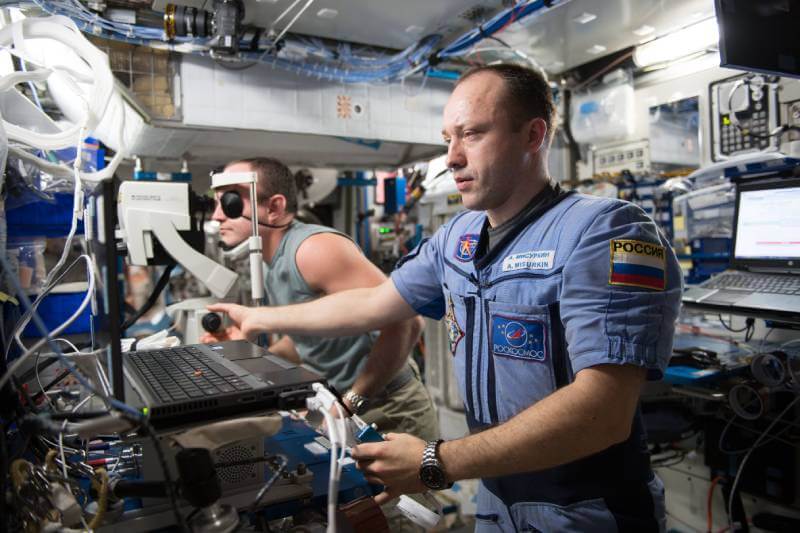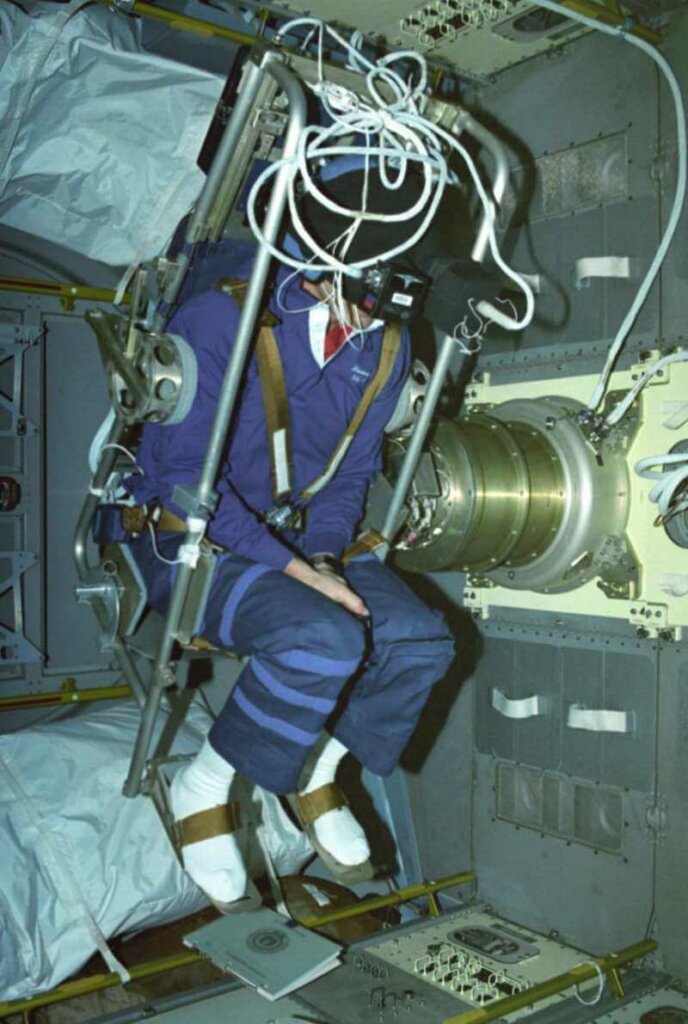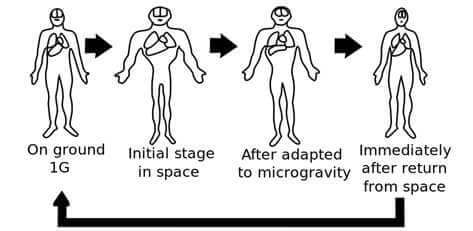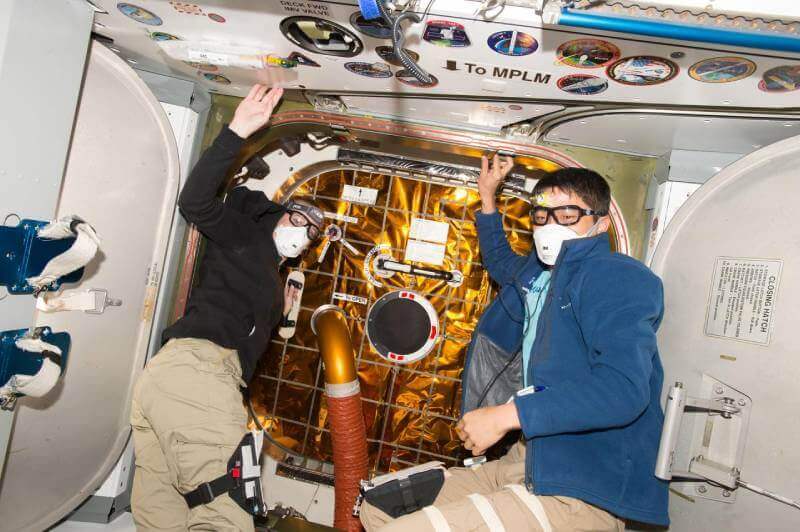Space travel poses numerous challenges and mysteries, and one intriguing question revolves around the health of astronauts. Do astronauts experience sickness while journeying through the vastness of space? As astronauts venture beyond Earth, they encounter an environment vastly different from what they are accustomed to, which disrupts the delicate equilibrium of the human body.
We will uncover the physiological changes experienced in microgravity conditions, investigate what makes astronauts sick as well as the causes and prevalence of motion sickness, and explore other health concerns such as radiation exposure, bone loss, muscle atrophy, and the psychological challenges faced by astronauts.
What Are Some of the Common Astronaut Sicknesses?
Space travel has significant effects on the human body, including physiological changes and potential impact on the immune system. Astronauts experience bone loss and muscle atrophy due to microgravity, making them more susceptible to fractures.

Prolonged exposure to microgravity can also weaken the immune response, increasing the vulnerability to infections. Understanding these effects is crucial for developing countermeasures to maintain astronauts’ health during space missions and ensure their well-being in the challenging environment beyond Earth.
Motion Sickness in Space
In the weightless environment of space, motion sickness can pose a challenge for astronauts. The absence of gravity and the constant movement of spacecraft can disrupt their sense of balance and orientation, leading to nausea and dizziness.
Causes of Motion Sickness
Motion sickness is a well-known phenomenon that can affect individuals traveling in various modes of transportation, and astronauts in space are not exempt from experiencing it. The causes of motion sickness can be attributed to a combination of factors, including conflicting sensory information received by the brain.

When the visual cues from the eyes don’t match the body’s sensations of movement, it can lead to a sense of disorientation and discomfort. In the unique environment of space, where the absence of gravity alters the way our bodies perceive motion, these factors can become even more pronounced.
The constant floating and spinning of spacecraft, coupled with the lack of a stable reference point, can confuse the inner ear’s balance receptors and contribute to the onset of motion sickness in astronauts. Understanding these causes and how they manifest in the space environment is crucial for developing effective measures to prevent and manage this common ailment in space travel.
Prevalence of Motion Sickness among Astronauts
The prevalence of motion sickness among astronauts in space has been well-documented through studies and data analysis. 60 to 80% proportion of space travelers experience motion sickness during the first two to three days of their stay in microgravity, and a similar proportion after re-entering the Earth’s atmosphere.
This includes both short-duration spaceflights, such as those to the International Space Station, as well as longer-duration missions planned for future deep space exploration. The high occurrence of motion sickness in space emphasizes the importance of implementing effective countermeasures and management strategies to ensure the well-being and performance of astronauts during their missions.
Symptoms and Management
Motion sickness in space can give rise to a range of symptoms that can affect astronauts’ well-being and performance. Common symptoms include nausea, vomiting, dizziness, and general discomfort. To manage and alleviate these symptoms, various measures are implemented during space missions. These may include:
- Anti-motion sickness medications: Astronauts are often prescribed medications that help prevent or reduce the symptoms of motion sickness.
- Behavioral and sensory adaptations: Astronauts undergo training to adapt to the unique environment of space, such as using visual cues and body positioning techniques to minimize sensory conflicts.
- Environmental adjustments: Controlling the spacecraft’s lighting, temperature, and ventilation systems can help create a more comfortable environment for astronauts.
- Gradual acclimatization: Gradually exposing astronauts to the space environment and providing ample time for adaptation can help reduce the severity of motion sickness symptoms.
- Breathing exercises: Specific breathing techniques may be employed to help alleviate nausea and promote relaxation.
These strategies aim to mitigate the impact of motion sickness on astronauts’ well-being and enable them to carry out their duties effectively during space missions.
Space Adaptation Syndrome
Space Adaptation Syndrome (SAS) is a common condition experienced by astronauts as they transition from Earth’s gravity to the microgravity environment of space. Symptoms can vary but often include nausea, dizziness, headache, fatigue, and general discomfort. The incidence and duration of SAS differ among astronauts and factors such as individual susceptibility and mission length play a role. Studies show that most astronauts experience SAS during the early stages of spaceflight, with symptoms gradually improving over time.

To address SAS, astronauts undergo various strategies and interventions. Medications like promethazine or scopolamine are used to alleviate symptoms of nausea and dizziness. Pre-flight training is crucial, focusing on exercises to help astronauts adapt to microgravity. These exercises target sensory adaptation, balance, and proprioception, minimizing the impact of SAS symptoms. By combining medication and specialized training, space agencies aim to mitigate and manage SAS, ensuring astronauts’ well-being during space missions.
Other Health Concerns in Space
Space travel presents various health concerns for astronauts, including increased susceptibility to illnesses due to the confined spacecraft environment and the potential weakening of the immune system. Stringent hygiene protocols and monitoring help mitigate illness transmission risks, but the isolated nature of space missions remains challenging.
Bone Loss and Muscle Atrophy
Microgravity in space has a significant impact on the skeletal and muscular systems, leading to bone loss and muscle atrophy. Astronauts engage in exercise regimens, including resistance training and aerobic activities, to counteract these effects. Ongoing research and countermeasures are necessary to address the risk of bone and muscle deterioration during long-duration missions.
Radiation Exposure
Radiation exposure is a critical consideration for astronauts, as they are exposed to high levels of cosmic radiation in space. Prolonged exposure can increase the risk of cancer, DNA damage, and central nervous system effects. Shielding materials in spacecraft and spacesuits, as well as monitoring systems, are employed to minimize radiation exposure and ensure astronaut safety. Continued research and advancements in shielding technologies are vital for protecting astronauts during space missions.
Psychological Factors
Astronauts may experience feelings of homesickness, stress, anxiety, and depression. Space agencies provide psychological support, including counseling and regular communication with mission control and loved ones on Earth, to address these challenges and maintain a healthy psychological state.
Conclusion
Space travel presents unique challenges to the health of astronauts. The microgravity environment leads to physiological changes such as bone loss and muscle atrophy. Motion sickness, caused by sensory conflicts in the absence of gravity, is a common issue. Other health concerns include weakened immune response, radiation exposure, and psychological factors like homesickness and stress.
To mitigate these challenges, astronauts undergo training, use medications, and employ various strategies. Exercise regimens, shielding technologies, psychological support, and hygiene protocols are implemented to ensure astronaut well-being during space missions. Ongoing research and advancements are crucial to address these health concerns and make space travel safer for future missions.
FAQ
-
Do astronauts get sick in space?
Yes, astronauts can experience motion sickness in the weightless environment of space.
-
What are the effects of space travel on the human body?
Space travel can lead to physiological changes such as bone loss and muscle atrophy, weakened immune response, and psychological challenges.
-
What causes motion sickness in space?
Motion sickness in space is caused by sensory conflicts due to the absence of gravity and the constant movement of spacecraft.
-
How prevalent is motion sickness among astronauts?
Studies indicate that a significant portion of astronauts experience some degree of motion sickness during space missions.
-
How is motion sickness managed in space?
Management strategies for motion sickness in space include medications, behavioral and sensory adaptations, environmental adjustments, gradual acclimatization, and breathing exercises.
-
What is Space Adaptation Syndrome (SAS)?
SAS is a common condition experienced by astronauts during the transition from Earth’s gravity to the microgravity environment of space, characterized by symptoms such as nausea, dizziness, and fatigue.
-
What are some other health concerns in space?
Other health concerns in space include increased susceptibility to illnesses, bone loss, muscle atrophy, radiation exposure, and psychological factors like stress and homesickness.
-
How are these health concerns addressed?
Countermeasures such as exercise regimens, shielding technologies, monitoring systems, psychological support, and hygiene protocols are employed to mitigate the health risks of space travel.

